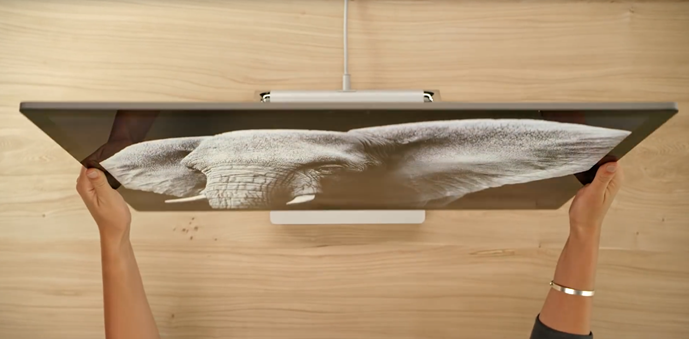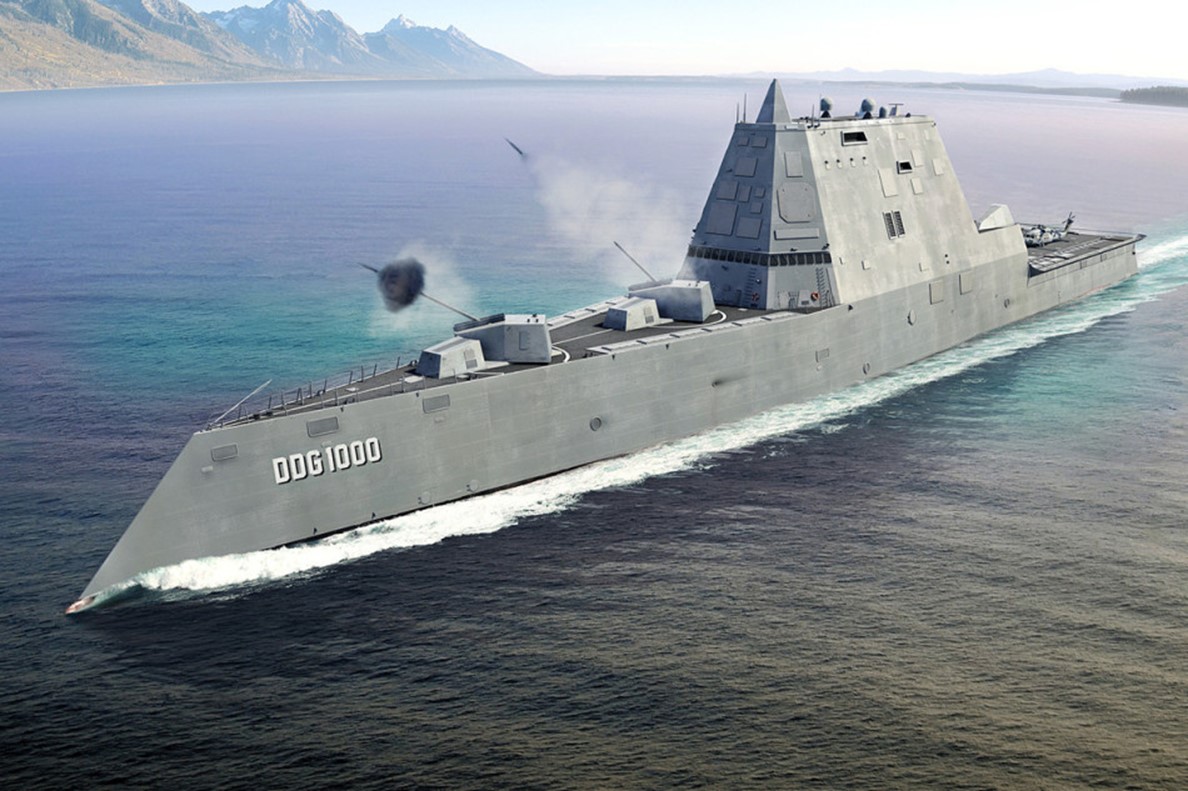The Economics Of Hand Models
November 13, 2016 in Daily Bulletin

Mark Hill spoke with some hand models to learn about their industry:
- Hand “super” models can make $75,000 a year. It’s not much by typical modelling standards, but given that hand models have longer careers than traditional ones, it can end up being more lucrative.
- An aspiring hand model should have long fingers and nailbeds, with small knuckles.
- There are different categories of hand models. There are “mommy hands” for ads which involves doing the dishes. “Glamour hands” for things like cosmetics. And “kid hands” because the job requires enough skill that adult hands usually have to pretend to be kid ones.
- It’s not just ads. Some actresses are infamous for having unattractive hands. So, whenever you see a close-up of Megan Fox’s hand in a movie, it’s probably a hand model.
- Other times they’re used in movies because an actor’s time is too expensive to bother filming close-up hand shots.
- The industry is a secretive one. Hand models will know what a movies heroes and villains will look like before the first trailer launches, as they shoot spots for the toys.
- Since it’s the modelling industry the use of photoshop is rampant. In fact, it’s even more prevalent because there’s never a popular backlash against airbrushing a hand model’s body.
- And so, you’ll rarely see a hand model with knuckle wrinkles, or any other line. Photoshopping is so extensive that white hands may even be used to play the role of black ones.
- While it’s the nature of hand models to be anonymous, some find wider recognition. The owner of the hands on the front cover of the Twilight book goes to conventions to sign autographs and pose with fans.
Read the full article at Cracked.









Join the Discussion! (No Signup Required)